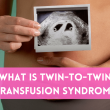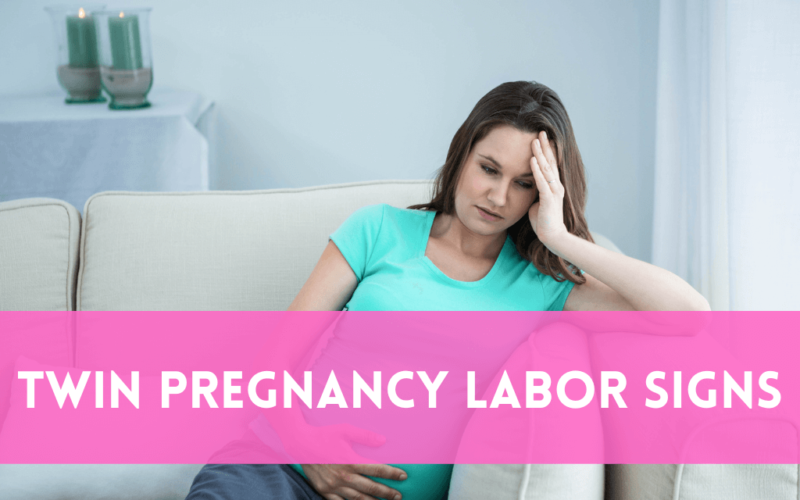Twin pregnancy is a type of pregnancy in which a woman is carrying two fetuses instead of one. Twin pregnancies can occur naturally or with the assistance of fertility treatments. There are two types of twin pregnancies that are identical twins and fraternal twins.
Identical twins occur when a single fertilized egg splits into two embryos, resulting in two genetically identical fetuses. On the other hand, fraternal twins occur when two separate eggs are fertilized by two separate sperm, resulting in two genetically distinct fetuses.
Twin pregnancies can come with unique challenges, including a higher risk of preterm labor and delivery, gestational diabetes, preeclampsia, and other complications. As a result, close monitoring by a healthcare provider is important throughout the pregnancy to ensure the best possible outcome for both the mother and babies.
The signs of labor in a twin pregnancy are similar to those in a singleton pregnancy, but they may occur earlier and be more intense due to the extra weight and pressure on the uterus.
How is twin pregnancy different from singleton pregnancy?
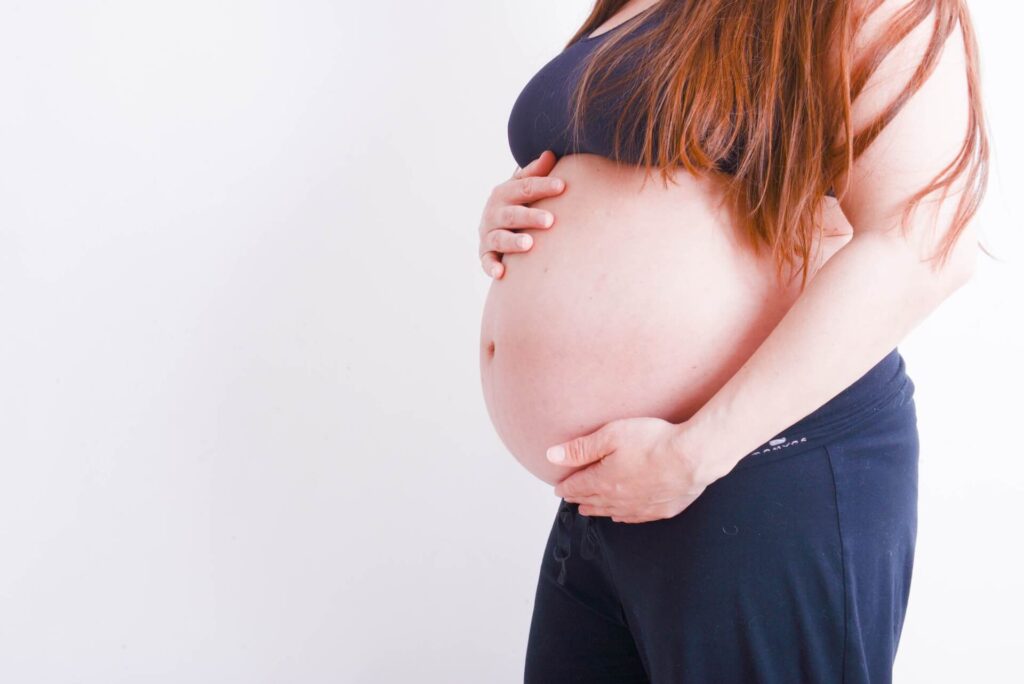
Twin pregnancy is different from singleton pregnancy in a number of ways. Here are some of the key differences: Increased risk of complications:
- Twin pregnancies are considered higher risk than singleton pregnancies, as they are associated with an increased risk of complications such as preterm labor, preeclampsia, gestational diabetes, and twin-to-twin transfusion syndrome.
- More frequent prenatal visits: Women carrying twins typically require more frequent prenatal visits and ultrasounds to monitor fetal growth and identify any potential complications.
- Greater weight gain: Women carrying twins typically gain more weight during pregnancy than women carrying a single fetus. More discomfort and fatigue: Women carrying twins may experience more discomfort and fatigue due to the increased size of the uterus and the demands on the body.
- Different delivery options: Depending on the position of the babies, women carrying twins may be advised to deliver via cesarean section to reduce the risk of complications.
Overall, twin pregnancy requires close monitoring and management to ensure the health of both the mother and the babies. It is important for women carrying twins to receive regular prenatal care and follow the advice of their healthcare provider to ensure the best possible outcome.
Twin Pregnancy Labor Signs
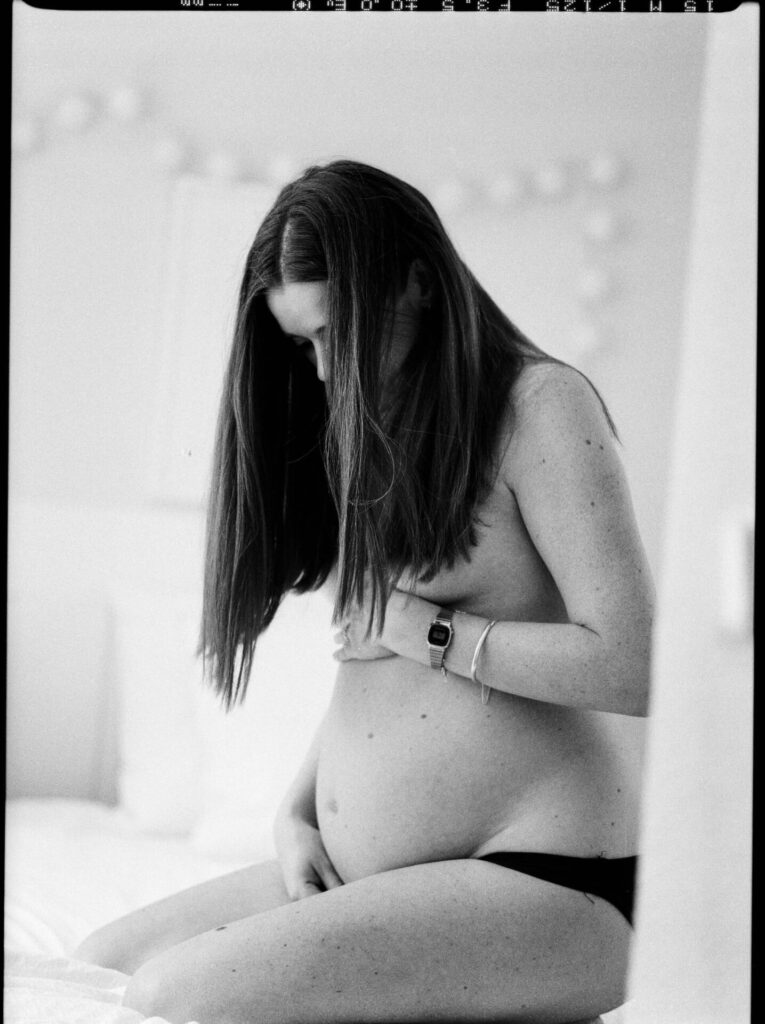
Here are some common signs that labor may be starting in a twin pregnancy:
- Contractions: Contractions are the most common sign of labor. They usually start as mild cramps in the lower abdomen or back and become stronger and more frequent over time. In twin pregnancies, contractions may start earlier and be more intense.
- Water breaking: When the amniotic sac ruptures, fluid may leak or gush out of the vagina. This is called water breaking. In twin pregnancies, water may break earlier or later than expected, and there may be more fluid than in a singleton pregnancy.
- Pressure in the pelvis: As the babies move down into the pelvis, you may feel pressure or a sensation of heaviness in the lower abdomen.
- Cervical changes: As labor approaches, the cervix will soften, thin out (efface), and dilate (open). Your healthcare provider will monitor these changes during your prenatal visits.
- Flu-like symptoms: Some women may experience flu-like symptoms such as nausea, vomiting, diarrhea, or a low-grade fever before or during labor.
- Bloody show: This is the discharge of a small amount of blood or mucus from the vagina, as the cervix begins to dilate and efface.
It’s important to remember that every pregnancy is unique and labor may start differently for each person. Contact your healthcare provider immediately if you suspect you may be in labor.
What are contractions supposed to feel like?
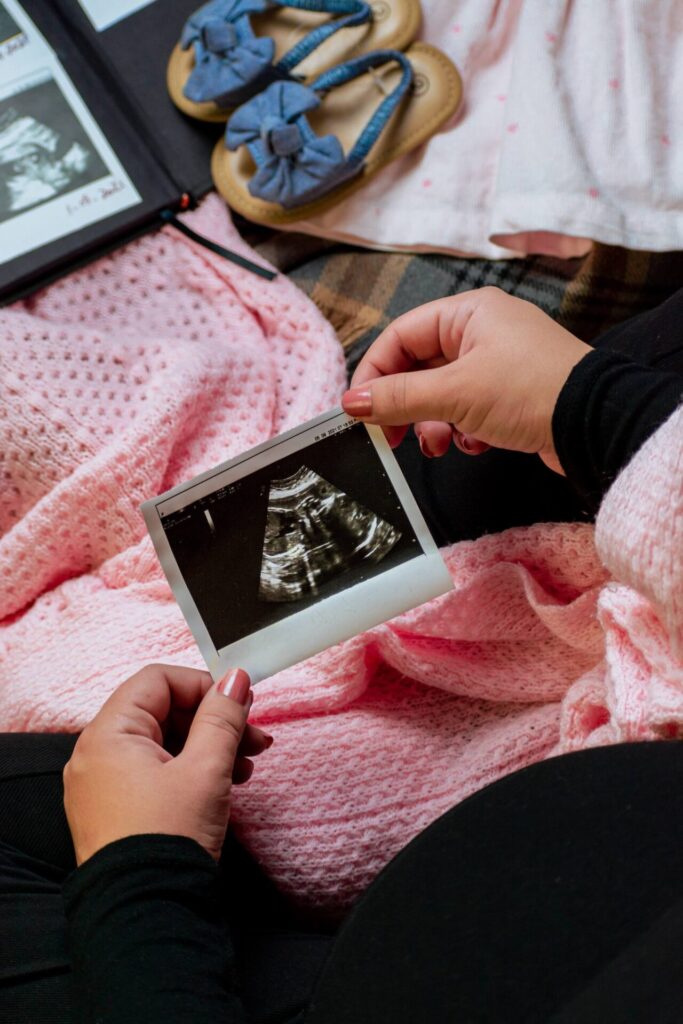
During the early stages of labor, contractions may be irregular and mild and may feel like menstrual cramps or back pain. As labor progresses, the contractions become more frequent and intense and may be accompanied by other signs of labor, such as the rupture of the amniotic sac (breaking of the water) or the passage of the mucus plug.
Ways To Ease Labor Contractions
There are several ways that expecting mothers can cope with labor contractions. Here are some strategies that may help:
- Breathing techniques: Focusing on slow, deep breathing can help to reduce anxiety and manage pain during contractions. Women may find it helpful to practice breathing techniques during prenatal classes or with the guidance of a healthcare provider.
- Relaxation techniques: Techniques such as guided imagery, visualization, or progressive muscle relaxation can help to relax the body and manage pain during contractions.
- Movement and positioning: Changing positions or moving around during labor can help to relieve pain and discomfort. Women may find it helpful to try positions such as walking, swaying, or leaning forward during contractions.
- Massage: Gentle massage or counterpressure on the lower back, hips, or shoulders can help to relieve pain and promote relaxation during contractions.
- Hydrotherapy: Using warm water, such as taking a warm shower or bath, can help to promote relaxation and relieve pain during contractions.
- Medication: Pain medication, such as epidural anesthesia, may be an option for women who want to manage pain during labor.
It is important for women to discuss their preferences for pain management with their healthcare provider and to have a birth plan in place. Every woman’s experience of labor is unique, and it is important to find the coping strategies that work best for each individual.
What is preterm labor?

Preterm labor is when the uterus contracts and cervical changes occur before 37 weeks of pregnancy. It is also known as premature labor or preterm birth. Preterm labor can lead to preterm birth, which can increase the risk of health problems for the baby, including breathing difficulties, developmental delays, and other complications.
One of the most common symptoms of preterm labor is contractions. The mother is likely to experience regular, painful contractions that occur every 10 minutes or more often. The mother is also likely to experience menstrual-like cramping in the lower abdomen. There may be a persistent dull ache in the lower back and a feeling of pressure or fullness in the pelvic area. An increase in vaginal discharge is also very common in preterm labor. The discharge may be particularly watery, mucus-like, or bloody. During preterm labor, ruptured membranes are also a common sign. The mother may feel a sudden gush or a slow trickle of fluid from the vagina.
If preterm labor is detected, your healthcare provider may try to stop or delay the labor, or they may recommend medications to help your baby’s lungs mature more quickly.
Is preterm labor common with a twin pregnancy?
Yes, preterm labor is more common in twin pregnancies than in singleton pregnancies. According to the American College of Obstetricians and Gynecologists (ACOG), approximately 60% of twin pregnancies result in preterm delivery (before 37 weeks), compared to 10% of singleton pregnancies.
Several factors contribute to the increased risk of preterm labor in twin pregnancies. These include:
- Overdistention of the uterus: Carrying two babies in the uterus can cause the uterus to stretch and become overdistended, which can stimulate contractions and lead to preterm labor.
- Placental problems: Twin pregnancies are more likely to be complicated by placental problems, such as placenta previa or placental abruption, which can lead to preterm labor.
- Incompetent cervix: In some cases, the cervix may begin to open too soon during pregnancy, which can lead to preterm labor.
- Maternal health conditions: Women with underlying health conditions, such as high blood pressure or diabetes, may be at higher risk of preterm labor in twin pregnancies.
Because preterm labor is more common in twin pregnancies, it is important for expectant mothers of twins to be aware of the signs of preterm labor and to seek medical attention if they experience any symptoms. Regular prenatal care, close monitoring by a healthcare provider, and early intervention can help to reduce the risk of complications for both the mother and babies.
When do fetal movements begin?
Fetal movements can begin at different times for different pregnancies, but in general, fetal movements can usually be felt by the mother between 16-25 weeks of pregnancy. However, first-time mothers may not feel fetal movements until closer to 25 weeks.
What do fetal movements feel like?
Fetal movements in twin pregnancies can feel different from fetal movements in singleton pregnancies. Because there are two babies, the movements can be more frequent and intense. It is common for mothers of twins to feel movement from both babies at the same time, or for one baby to be more active than the other.
The early fetal movements in twin pregnancy may feel like fluttering movements, similar to gas bubbles moving through the abdomen. As the babies grow and get stronger, the movements may feel more like kicks, rolls, or even somersaults. Some mothers of twins describe the movements as feeling like a “dance party” or “wrestling match” in their belly
Types of Delivery
Cesarean section (C-section) and vaginal birth are both common methods of childbirth, and the choice of delivery method will depend on a number of factors including the mother’s health, the baby’s health, and any risk factors associated with the pregnancy.
Here are some of the differences between C-section and vaginal birth:
1. C-Section
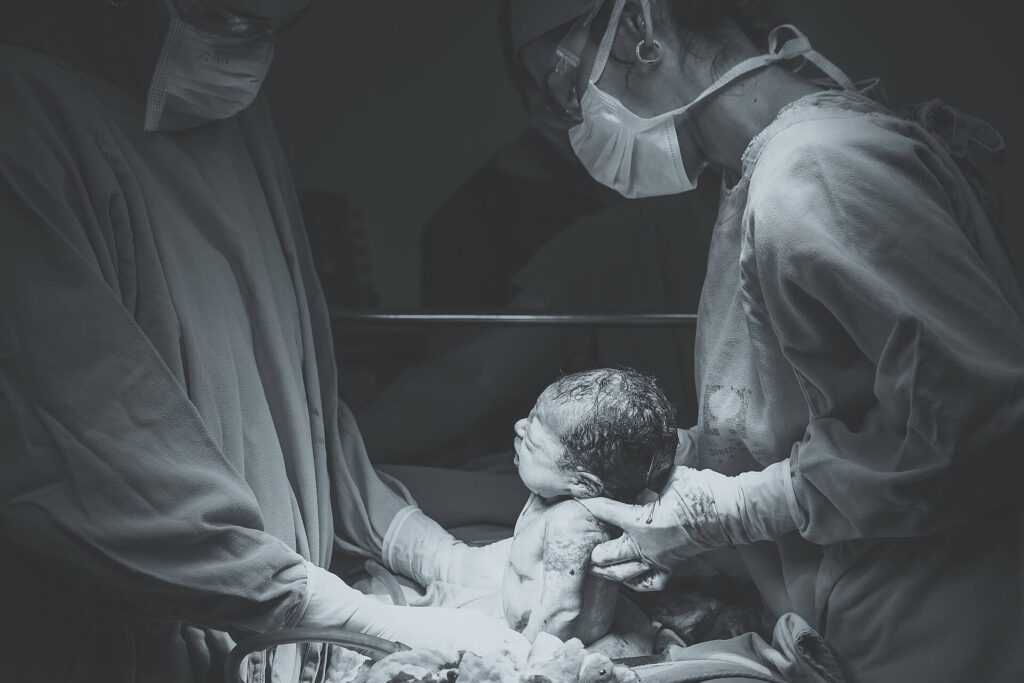
- Involves surgical delivery of the baby through an incision in the abdomen and uterus
- May be planned in advance (elective C-section) or may be done in response to complications during labor or delivery (emergency C-section)
- Generally requires a longer recovery time than vaginal birth
- May be necessary in cases where the mother or baby has a health condition that makes vaginal birth risky or impossible, or if the baby is in a breech or other non-optimal position for delivery
2. Normal Delivery
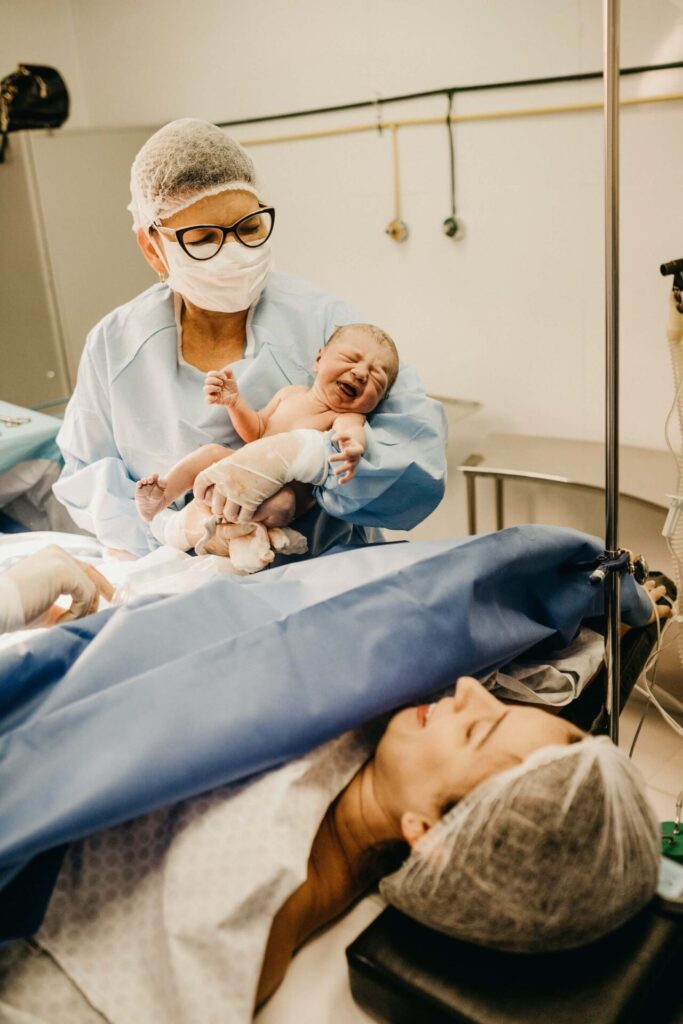
- Involves the baby is delivered through the birth canal
- May involve pain management techniques such as epidural anesthesia or natural pain relief methods
- Generally has a shorter recovery time than C-section
- May not be possible or advisable in cases where there are health risks to the mother or baby, or if the baby is in a non-optimal position for delivery
The decision of whether to have a C-section or vaginal birth will depend on a variety of factors, including the health and position of the baby, the mother’s health and medical history, and any complications that may arise during labor or delivery. It is important for expectant mothers to discuss their options with their healthcare provider and make informed decisions based on their individual circumstances.
Which delivery method is best for twin pregnancy?
The best delivery method for a twin pregnancy depends on several factors, including the position of the babies, the size of the babies, and the health of the mother and babies. There are two main delivery methods for twin pregnancies: vaginal delivery and cesarean delivery.
Vaginal delivery may be possible if the first twin is in a head-down position (vertex) and the second twin is not too large or in an abnormal position. This is known as a vaginal birth after cesarean (VBAC) or a trial of labor after cesarean (TOLAC) in the case of a prior cesarean delivery. Vaginal delivery may also be possible in the case of twin-to-twin transfusion syndrome (TTTS) or other complications where early delivery is recommended.
Cesarean delivery may be recommended if the first twin is in a breech position or if the second twin is larger than the first twin. Cesarean delivery may also be recommended in the case of certain complications, such as placenta previa or placental abruption.
Ultimately, the decision about the best delivery method for a twin pregnancy should be made in consultation with a healthcare provider, taking into account the specific circumstances of the pregnancy. Regular prenatal care, close monitoring of the pregnancy, and early intervention can help to ensure the best possible outcome for both the mother and babies.
Conclusion
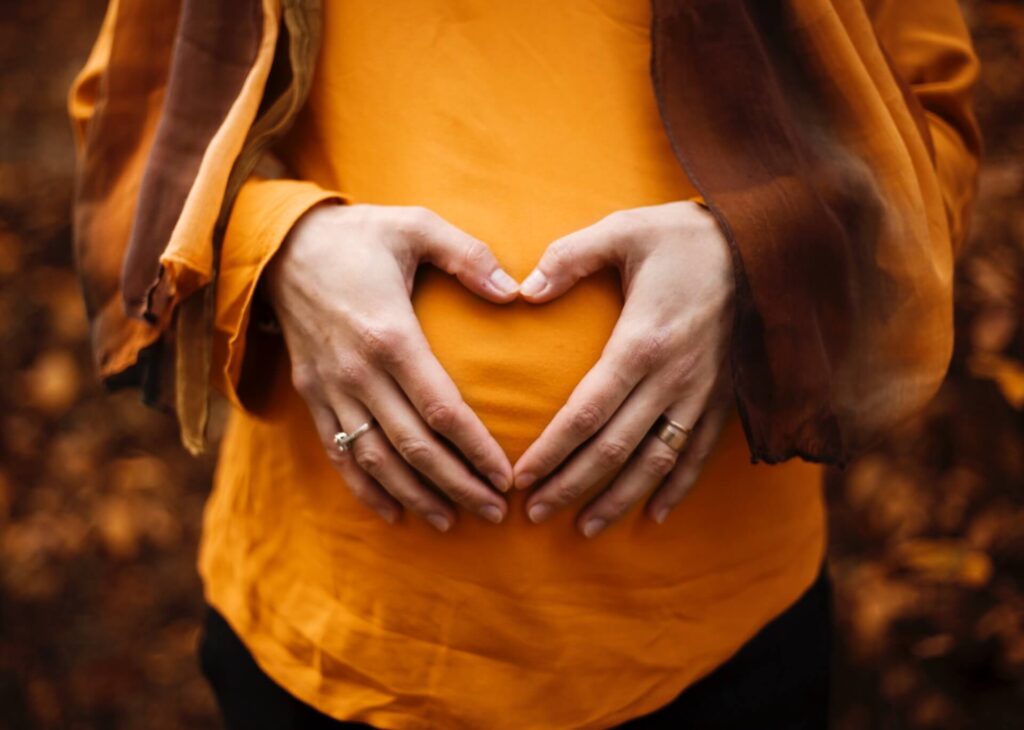
In conclusion, twin pregnancies come with their unique challenges, and it is important for expectant mothers to be aware of the signs of preterm labor and to seek medical attention if they experience any symptoms. In addition, as the due date approaches, expectant mothers may experience other twin pregnancy labor signs, such as the rupture of membranes, changes in cervical dilation or effacement, and the onset of regular contractions.
Coping with labor contractions can be challenging, but several techniques can help, including breathing and relaxation techniques, movement and positioning, massage, hydrotherapy, and medication. With proper prenatal care, close monitoring by a healthcare provider, and early intervention when necessary, twin pregnancies can result in safe and healthy deliveries.



